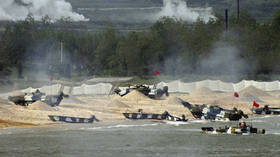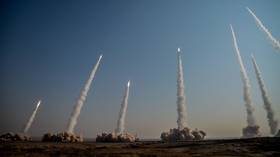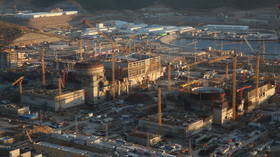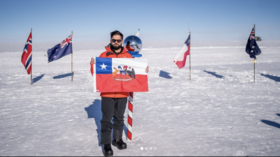German Kulikovskiy: How a potential Chinese offensive against Taiwan could play out

The biggest problem with a hypothetical Chinese invasion of Taiwan is the price that Beijing would have to pay for such an assault. A Normandy-style landing operation wouldn't work in Taiwan, for a number of reasons. First, potential landing zones on the southwestern and northern/northeastern coasts of Taiwan were identified by both sides decades ago; outside of these areas, putting troops on the ground is only possible using helicopters – it is difficult, if not outright impossible, for naval troops to advance from the beaches in those areas. China only has two amphibious assault ships, and a helicopter assault through the Taiwan Strait would be too much even for China.
Second, it is unclear how the US would react: whether or not it would provide military assistance to Taiwan is still up in the air, but Taiwan is guaranteed to receive support in terms of reconnaissance. With that in mind, China's operations to amass troops and load them onto ships and helicopters will not go unnoticed in Taipei. In 1944, the Germans had to guess the time and location of the Allied offensive. For Taiwan, the answer to the question of 'where' has been known since 1949; as for 'when', they will be notified about a day in advance.
China's East Sea Fleet will play the key role in the landing operation, with the forces of the South and North fleets, including aircraft carriers (the East Fleet has no aircraft carriers as of today), providing cover at long range. The landing troops of the North and South fleets, at least in part, will be re-assigned to the East Sea Fleet – a transfer that the US would be able to track.
One can assume that the first wave of landing troops will be carried by China's most advanced vessels: Type 071 amphibious transport dock ships (full load displacement of 25,000 tons) and Type 075 amphibious assault ships (40,000 tons). China has eight Type 071 ships and two Type 075s. These vessels can carry helicopters and boats, which allows them to launch over-the-horizon landing operations. In the second wave of the attack, China would use more conventional tank landing ships, with hardware and troops disembarking on the beach using ramps. China has dozens of this type of ships, from the 700-ton Type 074 to the 4,200-4,800-ton Type 072 series.
However, it’s very unlikely that all these assault ships would be used to land ground forces. Some of them would be designated for support tasks, until at least one seaport is secured and ready to receive transport vessels carrying supplies.
At this point, securing supply and communications is the matter of utmost importance which, back in the spring, the US called the main issue in the way of a potential invasion, and came to the conclusion that China would consider Russia’s military experience in Ukraine and try to improve its own logistic situation.
Taiwan’s navy and air force are, of course, significantly outnumbered by China’s resources. However, in case Beijing fails to destroy the enemy forces by means of a single surprise attack (which would be a difficult thing to do given the intel support the Americans provide for Taiwan), Taiwan’s forces would be brought to combat readiness and would be likely to inflict serious losses on the first wave of Chinese assault ships. This is because, unlike in ground combat where troops can disperse to avoid an attack and then get together again to continue with the combat task at hand, it’s impossible to employ such tactics at sea.
Add to that the US military potentially coming into play – which is not a force to be easily dismissed.
Originally published in Russian @vysokygovorit












